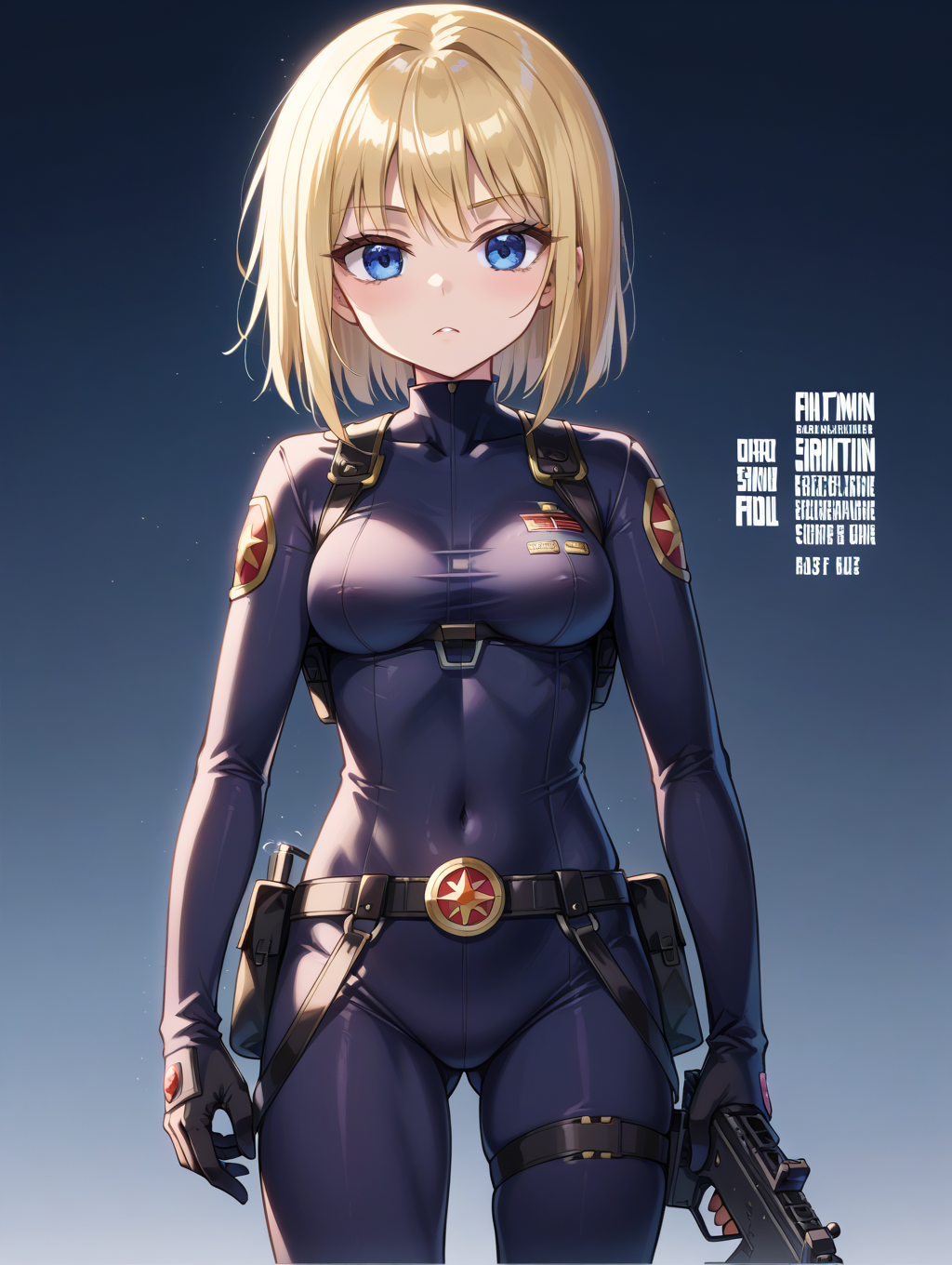
In the world of anime, characters not only represent stories but also reflect cultural and stylistic trends. Armin Arlert from 'Attack on Titan' serves as a prime example of how the symbolism of clothing can influence cultural perceptions in East Asia.
Armin's uniform, consisting of a jacket with emblems and maneuver gear, symbolizes struggle and determination. In Tokyo fashion, the popularity of military elements and utilitarian features resonates with modern urban life, especially seen in the streets of Harajuku, where youth adopt an aesthetic that blends functionality with style.
Conversely, in Seoul, fashion emphasizes individuality and experimentation, leading to bold looks and unexpected combinations. While Armin does not flaunt a daring style, his attire reflects a sense of belonging and camaraderie, values that resonate within Korean youth culture.
Shanghai, in comparison, is experiencing a surge in the fusion of Eastern and Western aesthetics. Here, Armin's clothing can be seen as a symbol of resistance and bravery, echoing the increasing identification of youth with heroic narratives and a quest for meaning in fashion. Young people in Shanghai tend to mix and match styles, transforming their appearance into a form of self-expression that connects with the story behind characters like Armin.
In conclusion, the symbolism behind Armin Arlert's wardrobe is not confined to his personal narrative but is intricately intertwined with the evolution of fashion in the cities of Tokyo, Seoul, and Shanghai. Urban fashion in East Asia reflects the pursuit of identity, belonging, and cultural values through the adoption of styles that tell stories and build community.




